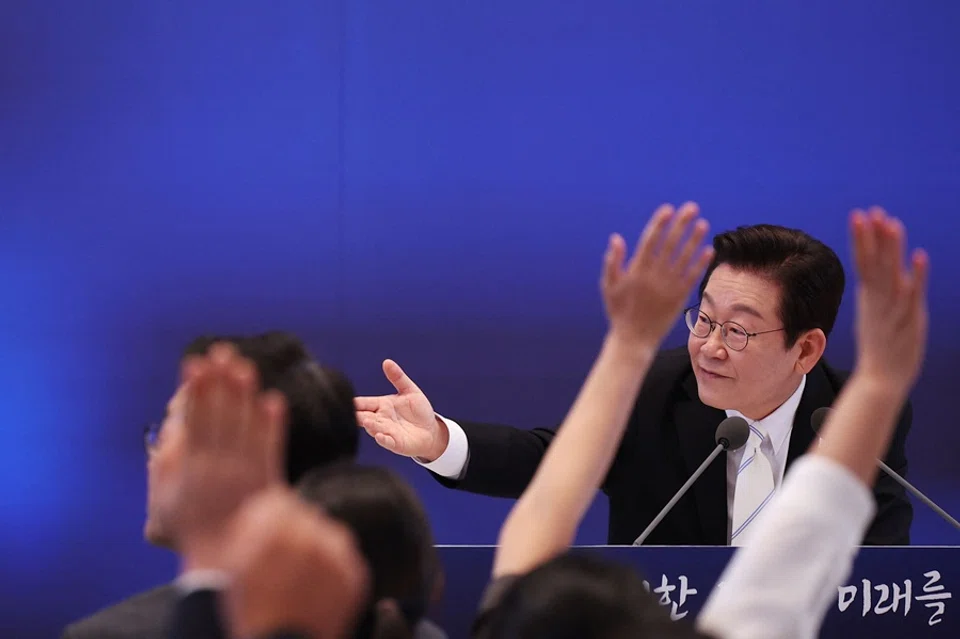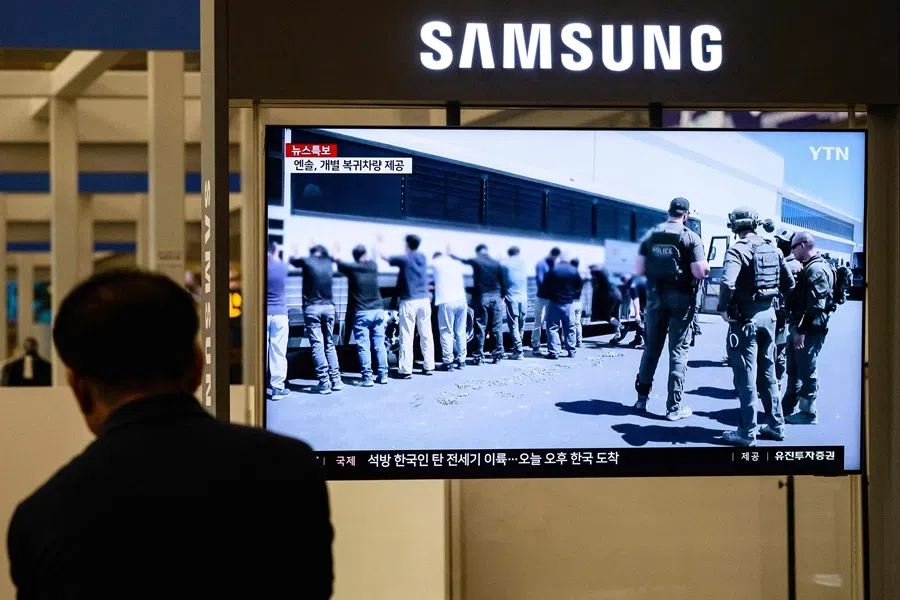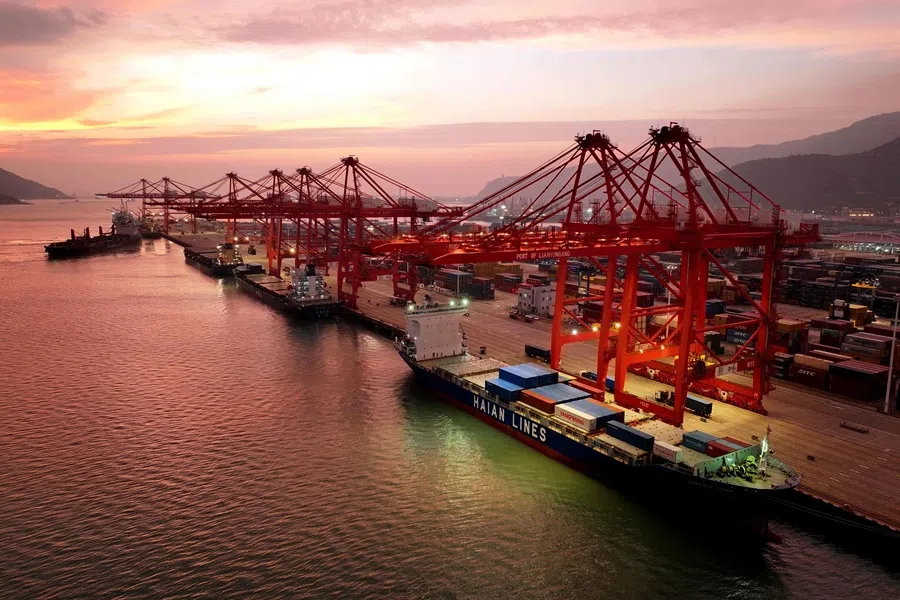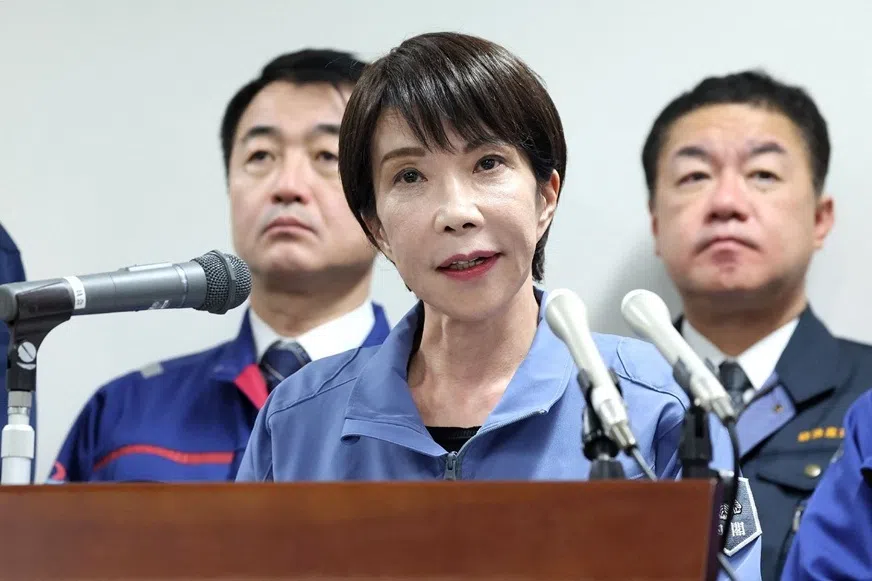South Korea rewrites the rules of economic security — with new alliances
Speaking with policymakers and analysts in Seoul, academic Guanie Lim assesses that concerns once treated as discrete — national security and economic resilience — are now being considered jointly in South Korea. A greater effort is also being made to engage new and smaller friends.

Since taking office on 4 June 2025, the administration of President Lee Jae-myung has moved swiftly to reframe South Korea’s foreign and economic policy outlook. While some early gestures bear the hallmarks of a new government eager to re-establish public trust after the constitutional crisis that unseated the Yoon Suk Yeol administration (2022-2025), deeper shifts are underway.
Three core elements underline the new administration’s approach: the increasing emphasis on economic security, the strengthening of ties with smaller powers like Southeast Asia and India, and the persistent relevance of traditional powers despite these new initiatives.
... South Korea is now taking more active measures to protect its critical industries, especially in artificial intelligence (AI), semiconductors and advanced batteries.
The rising concern of economic security
With a bustling manufacturing sector, South Korea has traditionally championed open trade. However, supply chain disruptions — from the backlash against Korean businesses operating in China following the THAAD missile defence deployment to Covid-19-era production breakdowns — have catalysed a reassessment.
In response, South Korea is now taking more active measures to protect its critical industries, especially in artificial intelligence (AI), semiconductors and advanced batteries. This evolution was palpable during the author’s recent visit to Seoul. Conversations with policymakers, analysts and corporate leaders suggest that concerns once treated as discrete — national security and economic resilience — are now being considered jointly.
Underlying these moves is a broader evolution in how South Korea conceptualises industrial policy in an era of intensifying geopolitical and economic risk. At the heart of this approach is a drive toward industrial sovereignty, i.e. reducing reliance on foreign technologies and inputs, particularly in key industries. This is complemented by a renewed focus on supply chain resilience and resource security, with the government investing in critical mineral stockpiles, input diversification, and early warning systems to guard against future disruptions.
The Lee administration also treats economic security as a subset of national security, extending financial relief to industries exposed to external shocks, tightening controls over strategic technologies, and backing critical sectors with state-supported capital. Finally, there is a clear emphasis on future-proofing Korea’s industrial base through investment in R&D, talent cultivation, and regulatory flexibility.
Although not a “raid” in legal terms, the high-profile inquiry has arguably rattled Seoul’s perception of geopolitical risk, particularly regarding supply chain exposure to political scrutiny in even allied nations.

Several of these measures are built on foundations laid under previous governments. Yet, what distinguishes Lee’s approach is the scale and centralisation of the response. This transformation took on added urgency after a recent US government investigation into Hyundai Motor’s production practices at its Georgia facility. Although not a “raid” in legal terms, the high-profile inquiry has arguably rattled Seoul’s perception of geopolitical risk, particularly regarding supply chain exposure to political scrutiny in even allied nations.
Engaging new (and smaller) friends
South Korea’s industrial policymaking efforts at home are mirrored by a complementary outward shift. Recent trends suggest a modest, yet growing, interest in fostering deeper engagement with smaller powers, particularly in Southeast Asia. A symbolic example of this is Seoul’s ambition to host the upcoming APEC Summit, positioning itself as a facilitator of broader Asia-Pacific economic cooperation.
Perhaps more importantly, South Korea under the Lee presidency has shown renewed political will to join the Comprehensive and Progressive Agreement for Trans-Pacific Partnership (CPTPP). This marks a break from the previous administrations, which exercised constraint and reluctance in participating in one of the world’s largest economic partnership agreements.
South Korean hesitancy stemmed from two principal concerns. Firstly, some analysts viewed the CPTPP as a US- and Japan-led initiative implicitly designed to exclude China, a key trading partner Korea could ill afford to antagonise. Secondly, domestic opposition from politically sensitive sectors, particularly agriculture, feared the competitive pressures such a high-standard trade pact would unleash.
Joining the CPTPP thus allows Seoul to diversify its economic linkages, hedge against overexposure to the US-China rivalry, and deepen ties with nations less entangled in great power rivalry such as Southeast Asia...

Much has changed since. For example, following the entrance of new players such as the UK and prospective applications from China and Indonesia, the CPTPP is evolving into a broader geoeconomic platform. It is also envisioned to serve as a lever of influence in a world marked by fragmenting supply chains and heightened volatility. Relatedly, as more countries join the CPTPP, South Korea risks losing out on preferential access or supply chain advantages if it continues to dither.
Joining the CPTPP thus allows Seoul to diversify its economic linkages, hedge against overexposure to the US-China rivalry, and deepen ties with nations less entangled in great power rivalry such as Southeast Asia (more than half of which are already CPTPP members or have expressed interest in joining). More broadly, it reflects a growing awareness within South Korean policymaking that going forward, resilience and diversity must anchor the country’s external economic strategy.
The persistence of traditional powers
Despite South Korea’s increasing outreach to smaller powers, it is unlikely that these new moves will eclipse the country’s traditional alignment with the US, Japan, China, and Russia. These larger powers remain central to South Korea’s economic and security framework, at least for the foreseeable future.
A recent example of such tension is the military parade commemorating the 80th anniversary of the end of World War II. Held in Beijing, the event was notable because China’s Xi Jinping, Russia’s Vladimir Putin and North Korea’s Kim Jong Un met in public for the first time. According to reports, an invitation to the South Korean leadership was extended as early as early July, but eventually Seoul sent Woo Won‑shik, the speaker of the National Assembly, to the ceremony instead.
The understanding from the South Korean side was that the Lee administration had entered office only for around a month when it received the invitation. At that time, the immediate priority was to restore domestic confidence following the nation’s constitutional crisis and political transition. Additionally, Lee was involved in negotiations with the US over a high-stakes trade and security package. A presidential appearance in Beijing at such a critical moment would have sent potentially conflicting diplomatic signals.
South Korea is recalibrating its economic and diplomatic posture amid an increasingly fractured global order. President Lee’s swift embrace of economic security marks more than just a semantic shift.

This episode underscores a broader structural constraint. South Korea’s pursuit of autonomy is still bound by the gravitational pull of its larger neighbours. Here, it is clear that the country’s security interests remain closely tied to the US alliance, especially given the continuing threat posed by North Korea.
At the same time, China remains South Korea’s largest trading partner, while Russia continues to play a major role in regional security matters. Efforts to expand influence, including but not limited to CPTPP participation, must be pursued without undermining the foundational ties that continue to shape the nation’s economic and security calculus.
Seeking flexibility rather than rupture
South Korea is recalibrating its economic and diplomatic posture amid an increasingly fractured global order. President Lee’s swift embrace of economic security marks more than just a semantic shift. It reflects Seoul’s growing awareness that industrial policy, supply chain resilience and national security are now deeply intertwined. Strategic niches, from semiconductors to AI, are being shielded with greater state backing, while efforts to reduce reliance on foreign inputs have gained urgency.
At the same time, the government is seeking to broaden its diplomatic bandwidth. Renewed interest in joining the CPTPP, alongside deeper ties with smaller, non-traditional powers, illustrates Seoul’s ambition to hedge against the volatility of great power politics. Nevertheless, these moves stop short of signalling a wholesale reorientation.
The gravitational pull of the US security umbrella and China’s role as South Korea’s largest trading partner ensure that any shift remains measured. Put another way, Seoul’s approach is best understood not as a pivot, but as a hedging manoeuvre, one that seeks flexibility rather than rupture.
Ultimately, the challenge for South Korea is not choosing between old allies and new partners, but navigating a world where both must be managed in tandem. Its success will depend on how deftly it balances national ambition with geopolitical realism.



![[Big read] China’s 10 trillion RMB debt clean-up falls short](https://cassette.sphdigital.com.sg/image/thinkchina/d08cfc72b13782693c25f2fcbf886fa7673723efca260881e7086211b082e66c)

